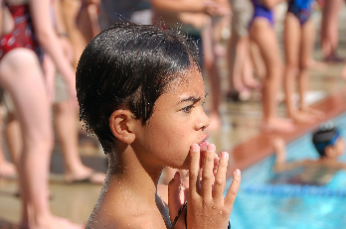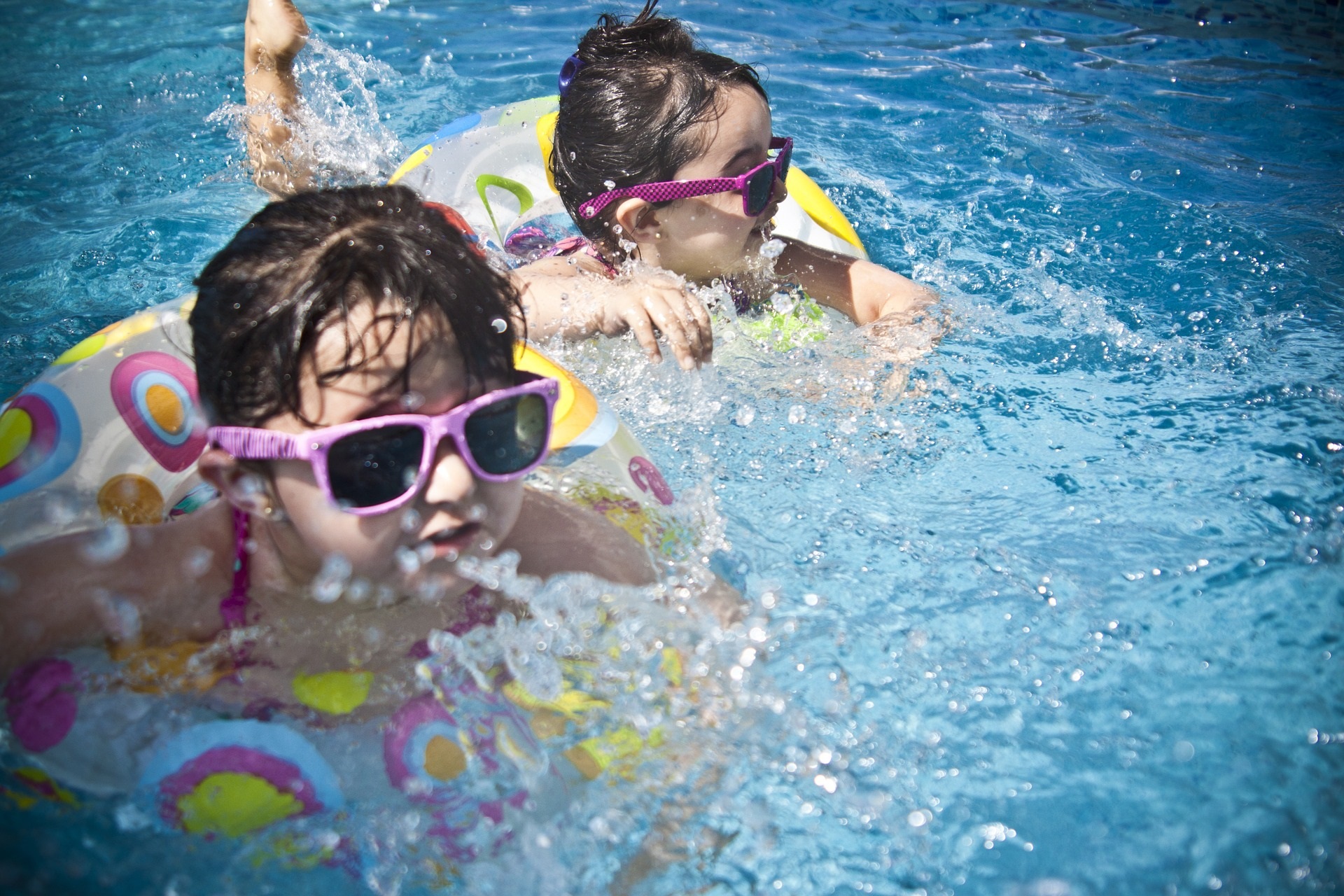Drowning Prevention

Drowning is Preventable
Drowning takes the lives of more California toddlers than any other kind of accident. Children who manage to survive
a “near drowning” often suffer permanent brain damage from lack of oxygen.
Children one to four years old are at greatest risk. They are very active and curious, and they learn new skills
every day. One day they suddenly learn how to open the sliding door and wander from the house to the pool and spa
area. A child may fall in and drown silently without calling out for help. The whole event can happen in just a
minute or two.
Most of these drownings take place at the homes of parents, relatives or neighbors. Fortunately, you can prevent
toddler drowning by combining these two methods:
Safety Guide For Home Swimming Pools and Spas
- Supervision of children around water is not “normal” supervision, where we check on a child every couple of
minutes.
- When around water, children must be kept in direct sight at all times.
- Children in water or next to water can drown immediately and silently, so there is no room for error.
- Never leave a young child alone in or around a pool, spa or wading pool, even for a few seconds.
- When young children are in or around the pool or spa, assign a “Water Watcher” to keep them in DIRECT SIGHT.
Relieve the watcher every 20 minutes.
- Get into the habit of keeping doors and gates leading to water closed, even when using the pool or spa. Never
prop doors or gates open.
- Be especially alert at the start and end of “planned” pool time for toddlers.
- If a child is missing, ALWAYS look first in the pool or spa. Seconds count!
- Keep rescue equipment (safety ring, long pole) and a phone next to the pool or spa.

Tips for Using Safety Barriers
- A safety barrier helps prevent or slow a child from getting to the water. A four-sided isolation fence is the
best barrier as it completely surrounds the pool or spa. It is different from a property line or “perimeter”
fence that keeps neighbor children from accessing your pool.
- Isolation fencing separates the pool or spa from the house.
- Isolation fences are specially designed so that children cannot easily get over, under or through them.
- Make sure all fence gates and ladders leading to a pool or spa are self-closing and self-latching, with latches
above a child’s reach.
- Other barriers approved by California law for use with new or remodeled home pools include pool safety covers,
removable mesh pool fencing, self-closing and latching devices on the home’s doors, exit alarms on doors,
swimming pool alarms, or any other barrier approved by local building officials.
- California law approves only certified safety covers. They must completely cover the pool or spa so children
cannot fall into the water.
- All doors opening into pool or spa areas should close and latch automatically. Latch releases should be
child-resistant or out of the reach of children.
- Doors and windows leading to the pool or spa area should be equipped with approved exit alarms (battery or wired
to home electrical system) that make a loud sound throughout the house and have a temporary bypass switch
located out of a child’s reach.
- Pet doors should be kept locked when children are present in the home.
- Approved swimming pool alarms should be placed in the water to detect movement. CAUTION: These should
not be used without some other physical barrier.
Other Safety Tips
- Experts agree it is best to use more than one safety method to increase the likelihood of keeping a child away
from danger.
- Parents, guardians and babysitters should learn cardio pulmonary resuscitation (CPR) and update their skills
annually.
- Teach children how to dial 9-1-1.
- Restrict access to the pool or spa when it cannot be properly supervised. Doors and gates should be closed and
locked.
- Keep things that children can climb on, like chairs, away from pool fences and gates.
- Have a professional regularly inspect your pool or spa for entrapment or entanglement hazards.
- Teach children how to swim when they are old enough. The American Academy of Pediatrics recommends starting at 4
years old.